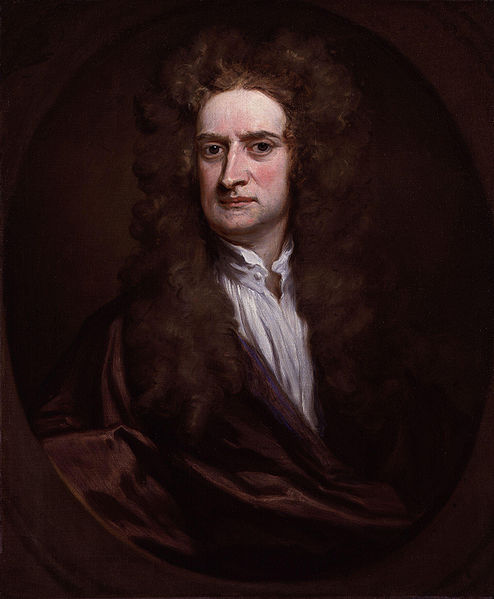In structural engineering, buckling is the sudden change in shape (deformation) of a structural component under load, such as the bowing of a column under compression or the wrinkling of a plate under shear. If a structure is subjected to a gradually increasing load, when the load reaches a critical level, a member may suddenly change shape and the structure and component is said to have buckled. Euler's critical load and Johnson's parabolic formula are used to determine the buckling stress of a column.
Buckled skin panels on a B-52 aircraft. Thin skin panels buckle at very low loads. In the case shown here, the weight of the forward fuselage structure ahead of the nose undercarriage is sufficient to cause the panels to buckle. Buckled panels are still effective in carrying shear by diagonal tension.
A demonstration model illustrating the different "Euler" buckling modes. The model shows how the boundary conditions affect the critical load of a slender column. The columns are identical, apart from the boundary conditions.
Structural engineering is a sub-discipline of civil engineering in which structural engineers are trained to design the 'bones and joints' that create the form and shape of human-made structures. Structural engineers also must understand and calculate the stability, strength, rigidity and earthquake-susceptibility of built structures for buildings and nonbuilding structures. The structural designs are integrated with those of other designers such as architects and building services engineer and often supervise the construction of projects by contractors on site. They can also be involved in the design of machinery, medical equipment, and vehicles where structural integrity affects functioning and safety. See glossary of structural engineering.
The Eiffel Tower in Paris is a historical achievement of structural engineering.
Pont du Gard, France, a Roman era aqueduct circa 19 BC
Galileo Galilei published the book Two New Sciences in which he examined the failure of simple structures.
Isaac Newton published Philosophiae Naturalis Principia Mathematica, which contains his laws of motion.






